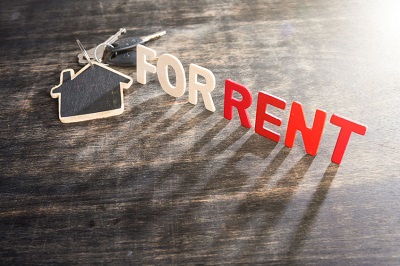
Houston property management companies are reporting that real estate in the greater Houston area is fast approaching, and in some locales, even surpassing, record-setting valuations. Current property owners are reaping the benefits of the increased equity that they are earning.
Due to the favorable market conditions that are currently being experienced, investors are flocking to the scene as well and looking to profit. The value of property in the area is steadily on the rise. Additionally, the amount of rent that a property owner can charge is also climbing at a substantial and consistent rate. Despite the favorable market presently, investors should continue to be wary of overpriced properties that are still somewhat abundant. It is of utmost importance to ensure accurate valuations on potential additions to a portfolio. Otherwise, you can significantly damage your portfolio as a whole, and put yourself in a bind financially.
In this blog post, we’re going to go over some methods that are commonly utilized by smart investors to ensure proper and accurate valuation on potential property purchases.
The income approach
The income approach measures the value of a property by calculating the capitalization rate on an annual basis. You simply take the annual projected income and divide it by the current value of the property. So, if a property costs $200,000, and the annual rent collected is $18,000 ($1,500 per month x 12 months) the annual capitalization rate would be 9%.
In most regions here locally, a property with anywhere between an 8-12% cap rate is considered to be a smart investment. However, it is important to remember that the higher the demand is locally, the lower the cap rate will be. Certain properties in desirable metropolitan areas like Houston can yield a cap rate of closer to 4%, yet still be considered a good value. The income approach is very straightforward and is fairly easily computed, so it’s important not to forget about potential expenses like mortgage interest.
The sales comparison approach
The sales comparison method is a very widely utilized valuation model in residential real estate. Real estate agents and real estate appraisers alike use this method in almost every transaction that they are involved with. The sales comparison approach is rooted in having very similar properties in the surrounding geographic area that have been recently rented out or purchased outright.
When searching for a property to purchase as an investment, investors often ask to see the sales comparison approach factored out for the last few years from a historical standpoint. They will often look at the predictive forecast for the next few years as well. This allows them to analyze any positive or negative trends that may be occurring locally.
The sales comparison approach relies heavily on comparing apples to apples-type properties. Things like square footage, number of bedrooms, and lot size all factor in when making these types of comparisons. Most appraisers and real estate agents will also calculate a price per square foot. Once you have determined the cost per square foot, you can expect similar values for similar properties in the local geographic area.
Gross rent multiplier
GRM determines value by estimating the amount of rent that a property owner can expect to collect from the property on an annual basis. It’s calculated before factoring in things like utilities, taxes, and insurance expenses. The gross rent multiplier is quite similar to the income approach, but it does not use the capitalization rate. This method isolates the amount of rent that the property should command.
When using this method, simply divide the cost of the property by the amount of rent you expect to collect each year. If a property is priced at $450,000 and you think you will receive $36,000 in annual rent ($3000 per month) the gross rent multiplier would be equal to 12.5. The lower the GRM, the better the value is.
A good range to look for is somewhere between 4 and 7. If the number comes in above that range, it doesn’t necessarily mean that the property is a poor investment. It means that the investment might take somewhat longer to pay for itself than a property with a lower GRM would take.
You can use any or all of these methods to accurately calculate the worth of specific properties. Be sure to look for a future blog post where we will continue this discussion. As always, please contact PMI Northwest Houston with any Fulshear property management questions or inquiries.

